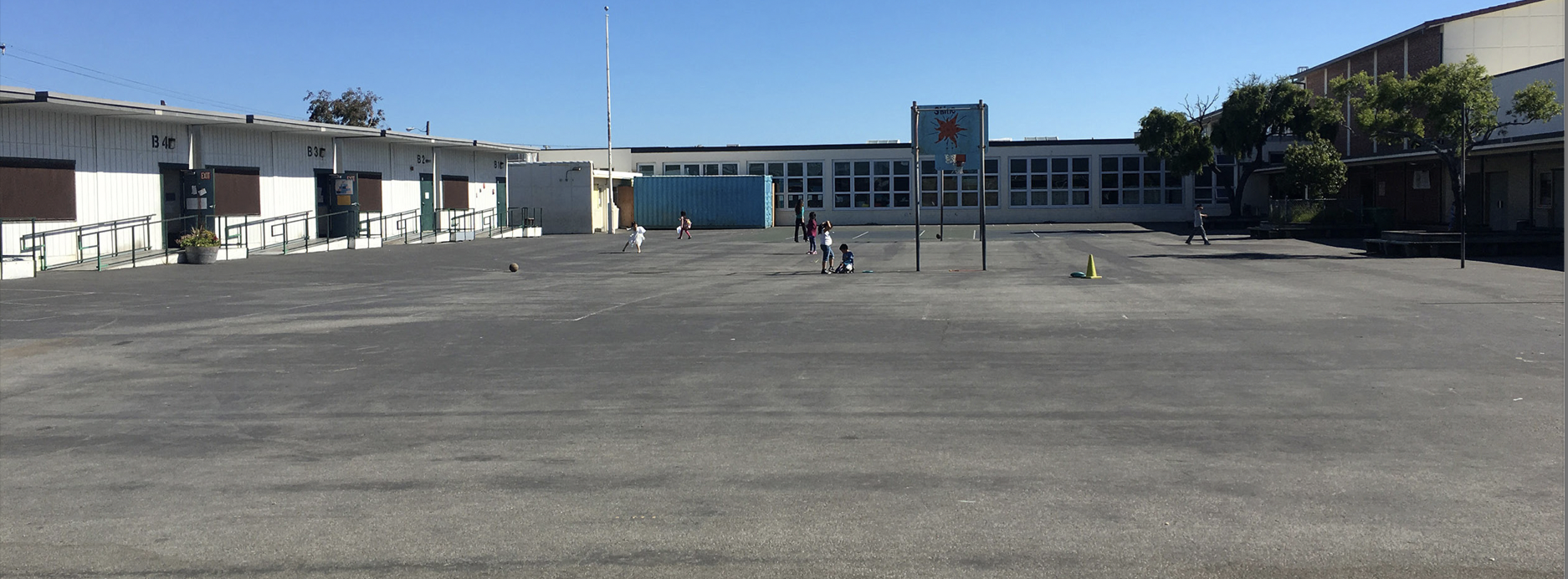
The Urban Heat Island Effect
The Urban Heat Island Effect is created when an area is mostly paved, non-permeable surfaces, and few trees. Paved surfaces heat up more than natural surfaces like grass and dirt because it heats up to a higher temperature and holds on to the heat for longer. Because they raise the ambient temperature, they also reduce moisture in the air, which also increases the temperature.
Increased temperatures matter on a schoolyard because children are more susceptible to overheating due to lower sweat rates and decreased perception of body temperature (i.e. less voluntary water consumption) than adults. This is particularly concerning when their bodies are closer to the ground.
Depaving, planting trees, and capturing stormwater help reduce the heat island effect.
